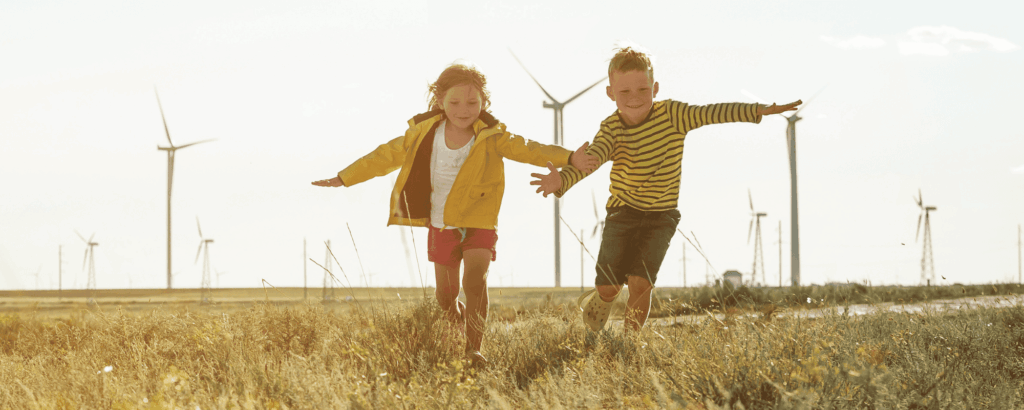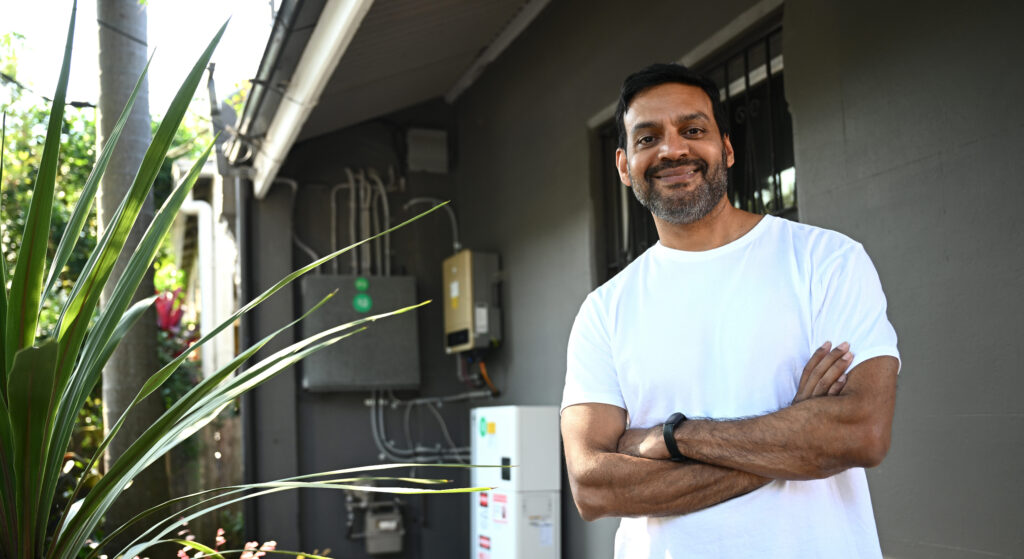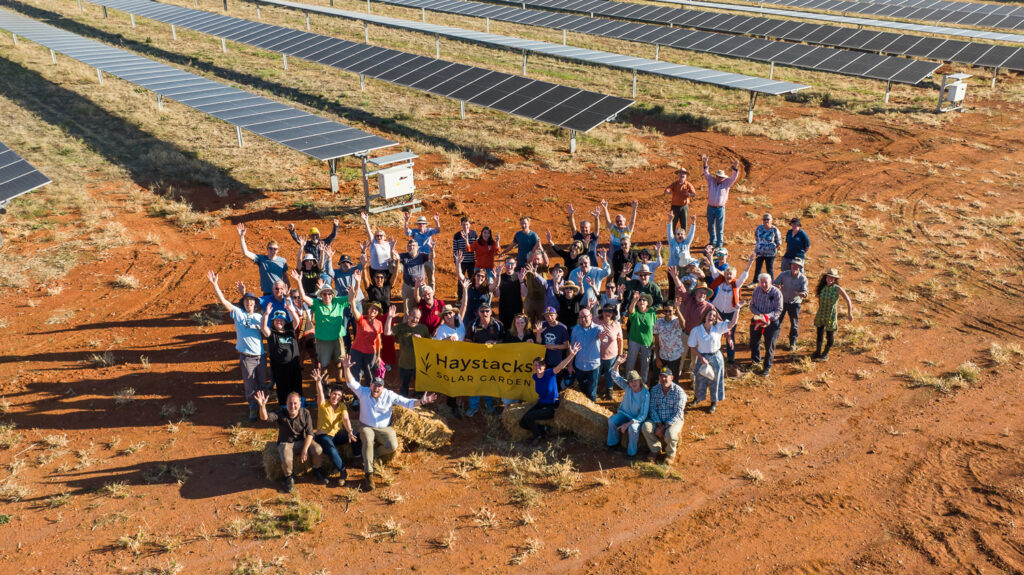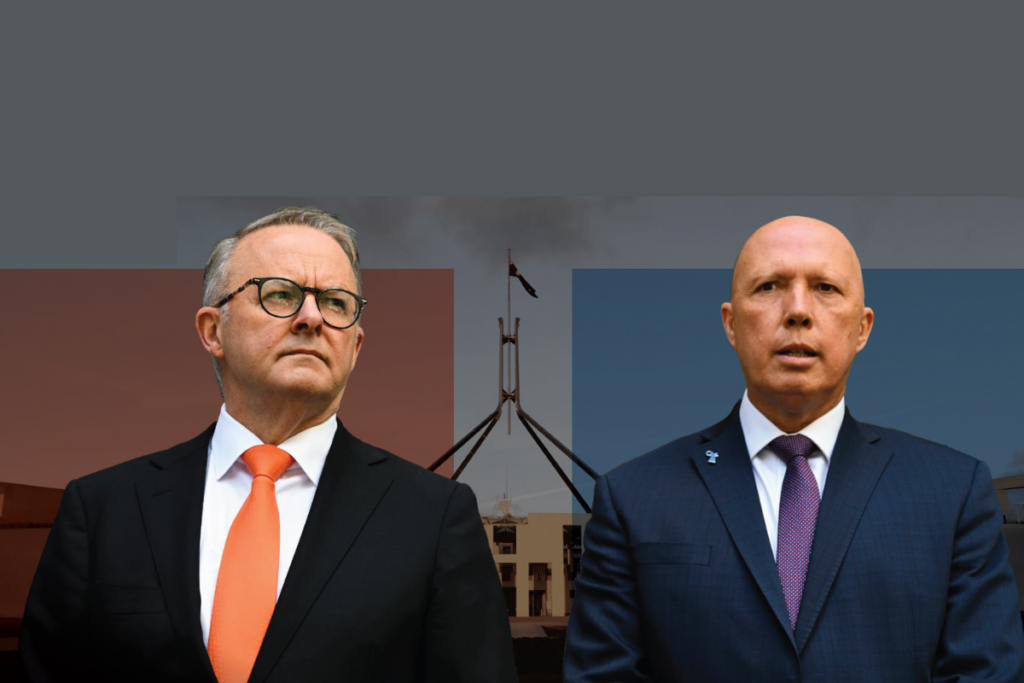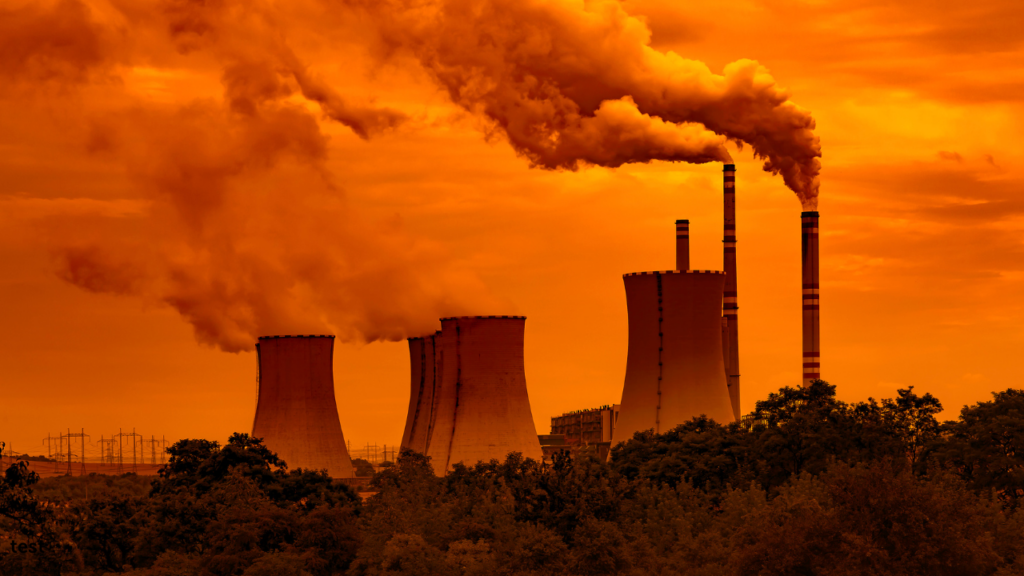The world is rapidly shifting to renewables as the Trump administration retreats and China advances.
The global energy transformation is gathering speed. Low-emissions energy sources (including renewables and nuclear) now generate more than 40% of the world’s electricity. In 2025, investment in renewables is set to hit AU$3.4 trillion – twice as much as global investment in coal, oil and gas. Renewable power generation is expected to overtake coal-fired generation in 2025 or 2026, with coal’s share of generation dropping below 33% for the first time in a century. By 2030, global renewable generation is expected to nearly double – meeting the combined power demand of China and the United States. Meanwhile, dozens of countries have committed to phase out fossil fuels and end subsidies that prop up coal, oil and gas.
This progress is significant, but we still have a long way to go. To avoid the worst impacts of climate change, we must maintain and accelerate this momentum. The Trump administration’s retreat from climate leadership and its rollback of support for science and clean energy has created new headwinds. Yet many US states and companies remain committed to net zero and are driving action from the ground up.
Further, the US’s federal retreat has opened up space for other nations to lead. China has reinforced its role as an emerging clean energy powerhouse, reaffirming its commitment to climate action and the global shift to net zero. Other major economies and trading partners – such as the UK, India, the EU, Japan and South Korea – are rapidly shifting to renewables and reshaping trading prospects for Australia.
As the Australian Government considers its 2035 climate target, Australia has the opportunity to open up new, future-focused export opportunities.
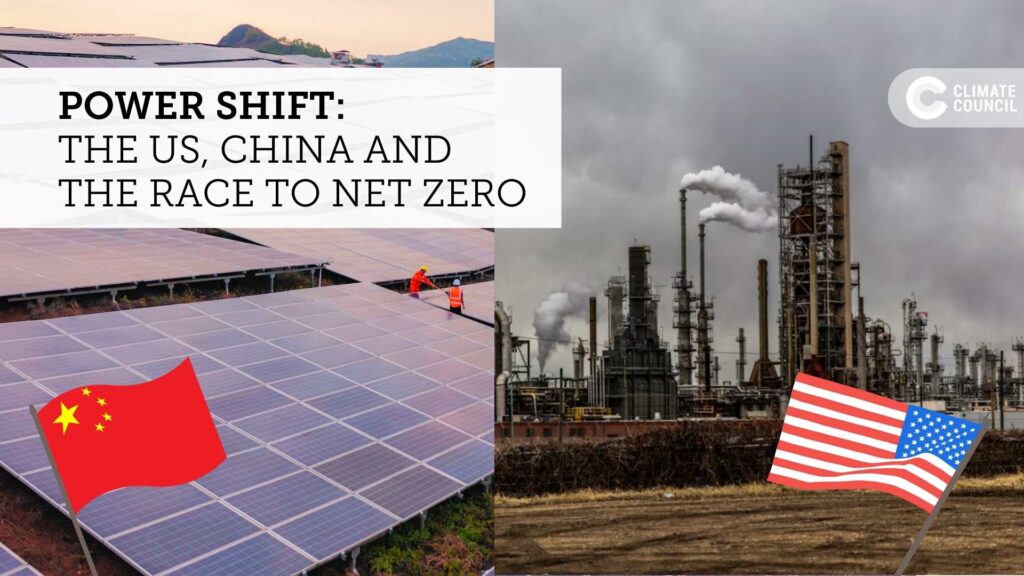
Key Findings
1. In the US, states and businesses are charging ahead with action on climate change, despite opposition from the Trump administration.
- The Trump administration has committed to “drill baby drill” while cutting support for renewable power, electric vehicles and other climate solutions. However, pro-climate action states cover more than half of the US economy and population, and are committed to pushing on despite these headwinds.
- California, the US’s largest economy, is already powered by two-thirds clean energy, and has doubled down as a national leader on climate action in the wake of the Los Angeles fires this year.
- The Republican-controlled state of Texas now generates more wind power than any other US state – accounting for nearly a third of the country’s total wind generation in 2024.
- Despite shifting federal politics, US corporations remain committed to net zero: 84% are holding firm on their climate commitments and 37% are raising ambition.
2. China – the world’s second-largest economy – is pressing ahead and capitalising on the economic opportunities of renewables.
- Since 2020, China’s solar capacity has almost quadrupled and its wind capacity has doubled. China achieved its 2030 renewable energy target in 2024 – six years early.
- China’s clean energy momentum is occurring at the same time as more coal power stations are being built. However, this hasn’t translated into more coal-fired power being used. In the first half of 2025, coal generation fell by 3.4% year-on-year.
- China is also the global leader in clean technology manufacturing; supplying 80% of the world’s solar panels and 70% of electric vehicles. China’s clean energy exports are helping to cut global climate pollution and play a significant role in its economy.
- China’s climate pollution dropped in the first half of 2025, up to five years ahead of when it was expected to peak – signalling a major milestone in the worldwide shift to clean energy.
3. As the world moves toward net zero, setting a stronger 2035 climate target for Australia can unlock a $190 billion boost to our export industries and better protect Australians from worsening climate harm.
- A stronger 2035 climate target can help protect Australian lives and livelihoods from escalating extreme weather events and spiralling climate costs. It is also in our national interest to advocate for stronger climate action across the globe through trade agreements and other means.
- The growth of renewables will lock in coal’s inevitable decline in China, which is Australia’s second-largest coal export market.
- While China is leading the clean energy charge,
- it is not alone. Other major economies and trading partners – such as the UK, India, the EU, Japan and South Korea – are rapidly shifting to renewables and reshaping trading prospects for Australia.
- Setting a stronger 2035 climate target can signal Australia is serious about shifting from a fossil fuel heavyweight to a clean export powerhouse, and unlock a $190 billion export opportunity.


